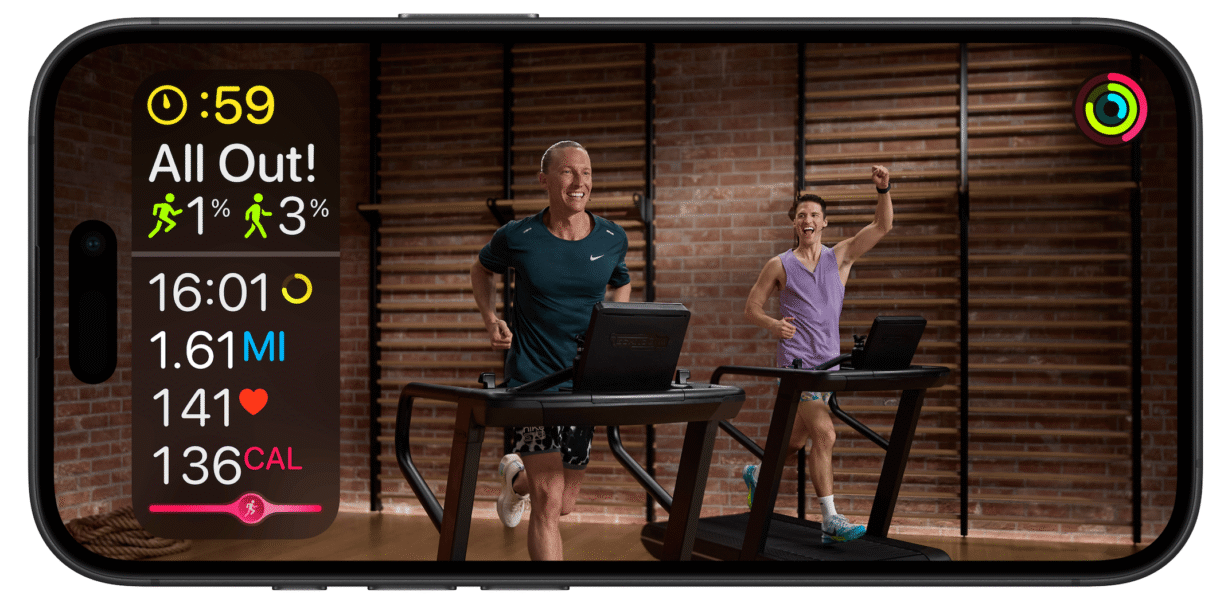New research from Affordable Mobiles has revealed the growing trends around fitness apps and gathered insight from various experts in the tech and fitness industries.
The research was conducted across a number of areas, including star ratings in App stores and popularity of search terms.
Fitness Apps are all highly rated, with Google Fit, Samsung Health, Strava and the Fitbit app having ratings over 4 stars on the App Store.
Samsung Health maintained this score on the Google Play Store while the remaining apps all scored just under 4 stars.
Looking at the overall ratings, Strava came out on top across both stores making it the most highly rated fitness app.
General search terms such as ‘fitness apps’ (17%) and ‘exercise apps’ (47%) saw significant increases in online searches versus the previous year.
When comparing similar features, it was found that Samsung Health had the most individual features, followed by Fitbit, then Apple Health and then Google Fit.
Additionally, the latest Apple Watch and Fitbit Sense had the same amount of key features, just edging out the latest Samsung Watch.
So why are fitness apps becoming so popular? Is it simply down to the pandemic or is there more to it than that? To gain a better understanding, we asked a few fitness and tech experts to share their thoughts.
Jessica Armstrong from the marketing team at fitness management software site TeamUp, commented, “As more people find the benefits and comforts of working out at home, they still want the accountability that comes with having a trainer or a program to follow.
“Many fitness apps have now perfectly marketed themselves to both serve as a resource to use for on-demand fitness content, as well as provide personalised service and include the same type of hands-on dedicated approach one would receive if working directly with a personal trainer or gym class.
“Personalisation and accountability go hand in hand, and fitness businesses are getting smarter to the fact that if they want to appease their clients, especially those who prefer working out from home, they need to provide a flexible way to train and deliver their services to them with online classes and on-demand content.”
Christina Friedman, founder of WomensFitnessHQ.com said, “The main reason in recent growth is the pandemic.
First gyms closed down in most areas for an extended period of time.
Then once they began reopening, many people decided not to return for various reasons: they weren’t sure it was safe, or they didn’t want to abide by regulations like masking in the gym, or maybe they realized they could get a great workout from home with all the new tech available.
“The last two years have seen an explosion of people using fitness apps not just for tracking their fitness with apps like MyFitnessPal, Fitbit, Runkeepr, etc., but also for replacing the gym.
Apps like Beachbody on Demand, Peloton, FightCamp, and others provide extensive workouts for people to perform directly in their home.”
Stephanie Boll, founder of spikesandheels.com believes the financial cost of trainers is also contributing to the rise of fitness apps, “Not everyone has the means to invest in a trainer or the right equipment for their needs. Mobile fitness apps address that very problem.”
Stephanie did share some concerns around the quality of the advice offered, advocating researching apps that provide certified, professional and personalised advice, and weighing up the costs of Apps with paywalls vs more traditional fitness avenues.
Also commenting on the research findings, Jess Canning, Mobile Phone Expert at Affordable Mobiles said, “This was an interesting piece of research to be involved with.
We know that fitness tech has become much more popular, but this study allows us to see exactly what customers are looking to get out of the apps/devices.
“The experts we asked also provided us with great insight into the popularity of fitness apps which allowed us to drill down on all the reasons why they are being more frequently used.
“It’s clear to see that these apps are not just a lockdown fad and are very much here to stay, as they have become a key part of peoples exercise routines.”





